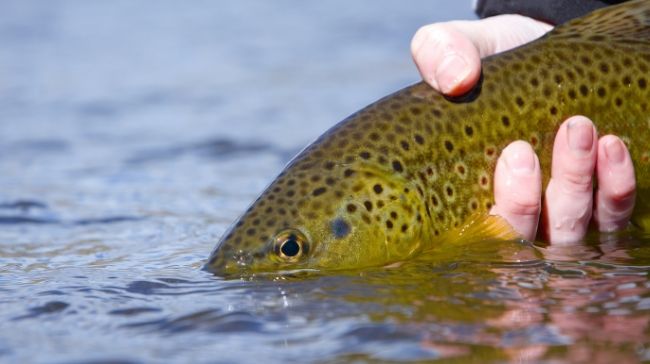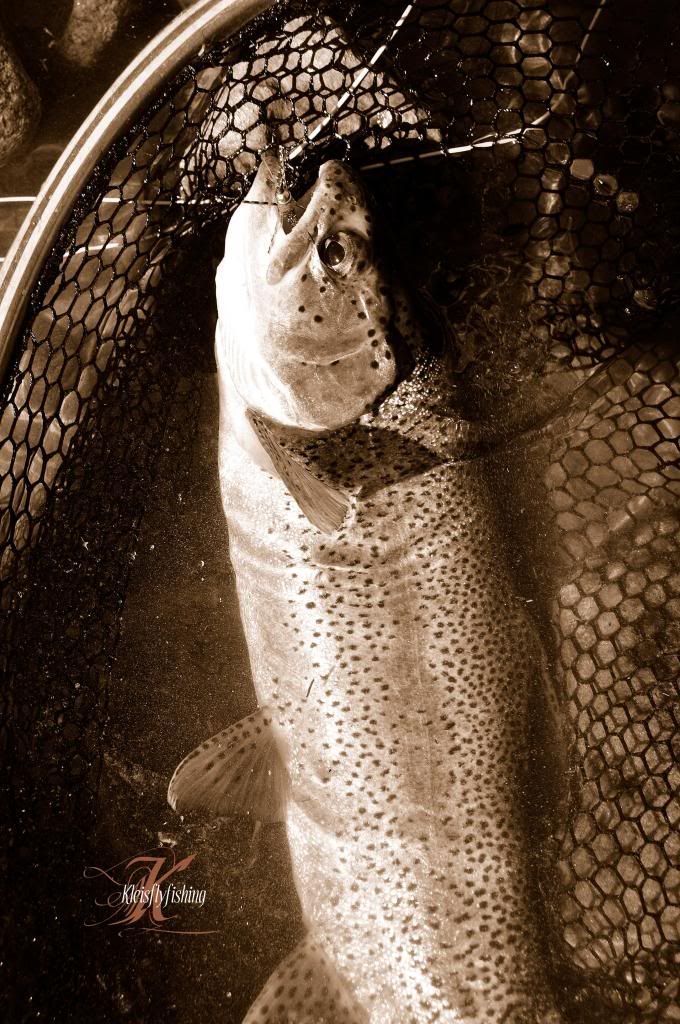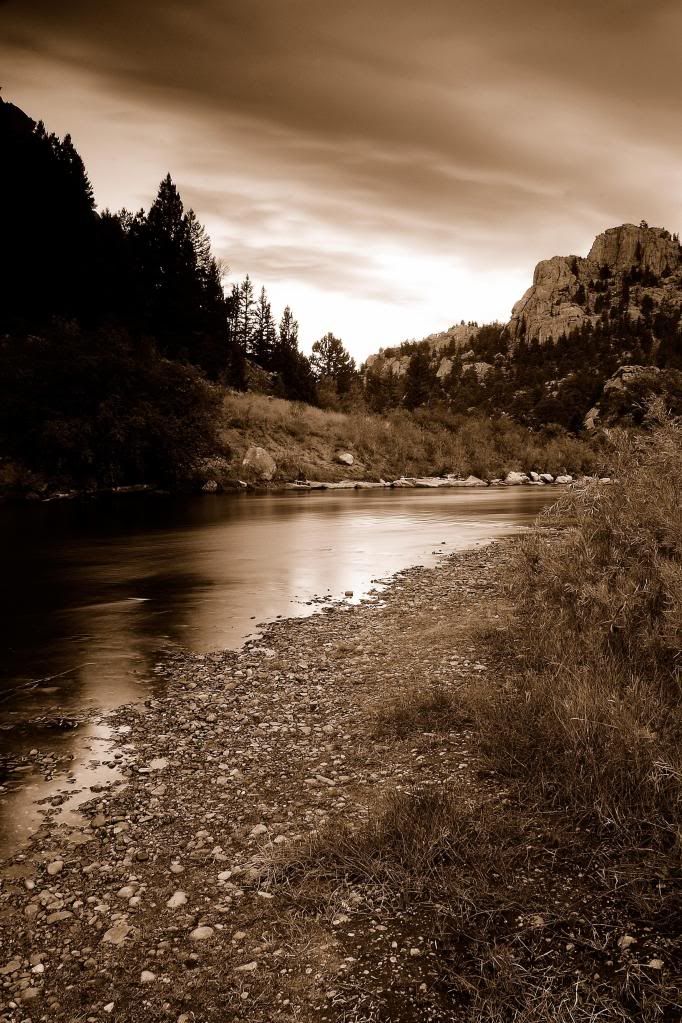Yes a good camera is important, but what many people don't understand is that the lens you are using is equally as important. The camera records the data. The lens is what sees it. This means that the image you are framing before you press the shutter release button has to pass through the lens to get to your camera's sensor. The better the glass the more light is captured, and the sharper the image. I am far from an expert on the subject, but I have put this theory to the test and I agree with every passionate photographer that claim you invest in lenses and not a camera upgrade if you want better photos.
That's if you own a film camera or a dslr. Most people will be carrying point and shoot cameras, and even more people will be using their smartphone. Caution: many point and shoot cameras in the $100-$200 price range have similar optics and sensor size as a smartphone and obviously aren't worth the investment if you just so happen to have the iphone 4S. Also let it be known that many point and shoot cameras claim to have incredible zoom distances but that is misleading.
For instance a camera will say that it has 15x zoom when the actual lens can only zoom up to 7x. The rest of the claimed 15x is what is referred to as "digital zoom" which is gibberish for cropping. You read this right. The additional 8x magnification is actually your camera cropping the image to make it appear as if you are zooming up to 15x. The more you crop an image the more noise you see in the photo. Try your best to make your purchase based on the optical zoom magnification and the quality of the glass. If you can't afford a dslr, or don't want to carry one around then don't worry because there are still plenty of other factors that you have control over that can help you make professional looking photos.
Vibrant color, good light, depth of field, and how the shot is framed are all things that determine what makes an amazing photo. Notice I didn't mention mega pixels? More mp's does not mean your camera is better. I owned a Nikon D40 which has a whopping 6 mp and it took photos that were every bit as good as my D90 which has 12mp. Again glass is everything and I recommend Nikon cameras over most other brands because Nikon understands what makes great photos, and Nikon has some of the best glass available for hobbyist and professionals. For more on the megapixel myth check out Ken Rockwell's site here.
As much as vibrancy makes for great photos there is still something to be said for black and white. Spend some time shooting monochrome to better understand how light affects your photos. Here is one of my favorite photos of a rainbow I landed on the Arkansas river last year shot in Sepia.
Here is a great shot taken in Elevenmile canyon by my good friend Daniel Zimmerman.
To be continued...



No comments:
Post a Comment